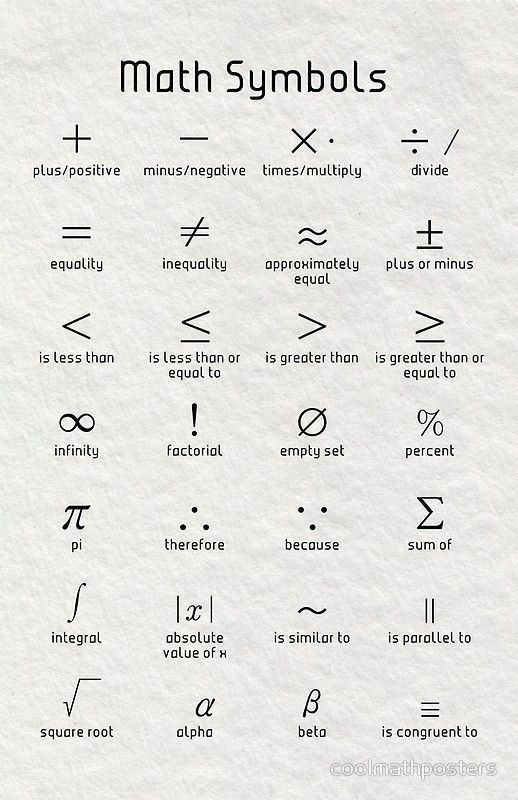Astrorelations - Impetus





More Posts from Astrorelations and Others

The golden ratio is a reminder of the relatedness of the created world to the perfection of its source and of its potential future evolution.
Robert Lawlor
Image: Rafael Araujo
Tired of this tension (T)

Energy formulas for imaginary matter
An imaginary matter is the mirror image of the corresponding real matter.
Energy formulas for real matters are still useful for imaginary matters if an observer is in the imaginary space. Then how are energy formulas for imaginary matters expressed if an observer who is in the real space could observe imaginary matters?
Suppose that observer A is in the real space and observer B is the mirror image of observer A in the imaginary space.
The space velocity vector and spacetime velocity vector measured by observer A are the opposite of those measured by observer B in the same way that the left and right sides of the mirror image are swapped, i.e., the space speed measured by observer A is constant at the maximum speed c and the spacetime speed measured by observer A is variable.
The relationship of these velocity vectors are shown in the figure below.

Assuming an imaginary matter moves at speed vi measured by observer B, the space speed vsB, time speed vtB and spacetime speed vstB measured by observer B are as follows:

On the other hand, the space speed vsA, time speed vtA and spacetime speed vstA measured by observer A are as follows:

The following equation holds true for time speed.

Hence, the following formula is obtained for the spacetime speed measured by observer A.

The spacetime speed measured by observer A is smaller as the space speed measured by observer B is larger.
Real matters cannot move at the speed of light at the cost of having mass, while imaginary matters also have mass but move at the speed of light.
Mass energy vector is in the time axis of the space-time complex plain and the time axis is common between the real space and imaginary space. Hence, the magnitude of mass energy vector is invariant for the spatial inversion. The imaginary space axis is at right angles to the real space axis in the space-space complex plain.

Therefore, the mass energy of imaginary matter measured by observer A is expressed as follows:

where “−i” is the operator that transfers from the real space to the imaginary space and m is mass.
The energy formulas for real matters in the range of v>c express those for imaginary matters, but the energy formulas of total energy and momentum energy are exchanged for each other. Therefore, the momentum energy Es and total energy Est of imaginary matter measured by observer A are expressed as follows:

For an imaginary matter at rest (vi = 0),

The space speed of imaginary matters is always zero because they have no momentum energy. Hence, an imaginary matter is equivalent to the real matter with (square root of 2) times the mass of the imaginary matter, moving at the speed of light.
The space velocity and time velocity of real matter, light and vacuum energy and those of imaginary matter converted into the real space are arranged below.
・Real matter : relative space speed and relative time speed ・Light : absolute space speed and no time velocity ・Vacuum energy : neither space velocity nor time velocity ・Imaginary matter : absolute space speed and absolute time speed

The Evening Angel (1848) - Alexandre Cabanel

A delightfully concise animated proof of the sum of the arithmetic progression of the naturals.
Mathematics is beautiful. <3

Orbit change of artificial satellite
In order to raise the altitude of an artificial satellite, it is necessary to accelerate it. When the orbital speed increases, the centrifugal force generated by the rotation of the satellite becomes stronger than the gravity of the earth applied to it, then the altitude rises. At this time, a certain amount of energy is returned from the satellite to the vacuum space to reduce the energy debt. Hence the orbital speed decreases and finally drops below the initial speed. The sum of the reduced amount of the momentum energy and the energy required for the acceleration is returned to the vacuum space.

In order to lower the altitude of an artificial satellite, it is necessary to decelerate it. When the orbital speed decreases, the centrifugal force becomes weaker than the gravity, then the altitude drops. At this time, the satellite is given a certain amount of energy from the vacuum space. Hence the orbital speed increases and finally rises above the initial speed. The sum of the increased amount of the momentum energy and the energy released by the deceleration is borrowed from the vacuum space.

Hi! Can you tell some uni or colleges math resources?
Can you be more specific? Like resources for studying for particular undergrad level classes?
A few “classic” online references:
Paul’s online math notes (https://tutorial.math.lamar.edu/): algebra, calc 1-3, diff eqs though I’ve mostly only used the calc ones. A common favorite
Khan Academy: haven’t actually used any of their math stuff for years but I remember their videos were good
3blue1brown: he has a series on calc, diff eqs, and linear alg. I haven’t actually watched many of these either but his videos are generally good and I know people who like the series in particular
If you mean higher level math, I tend to just use a search engine and end up referencing a mix of wikipedia, wolfram mathworld, random pdfs from various universities, and math stack exchange. And of course textbook pdfs
If you give me more details, I’ll see if I can think of anything else!




Incorrect AOT quotes
-
 darthbloodorange reblogged this · 1 month ago
darthbloodorange reblogged this · 1 month ago -
 escalade30 liked this · 2 months ago
escalade30 liked this · 2 months ago -
 mirabells-things liked this · 3 months ago
mirabells-things liked this · 3 months ago -
 forlorn-ferelden reblogged this · 3 months ago
forlorn-ferelden reblogged this · 3 months ago -
 peener liked this · 4 months ago
peener liked this · 4 months ago -
 yourearealmonster reblogged this · 5 months ago
yourearealmonster reblogged this · 5 months ago -
 chroniclesofreven liked this · 5 months ago
chroniclesofreven liked this · 5 months ago -
 enerebosphos liked this · 6 months ago
enerebosphos liked this · 6 months ago -
 welcometomyoubliette liked this · 7 months ago
welcometomyoubliette liked this · 7 months ago -
 orpheuslullaby reblogged this · 7 months ago
orpheuslullaby reblogged this · 7 months ago -
 monsters246 liked this · 8 months ago
monsters246 liked this · 8 months ago -
 smoldering-hot-men liked this · 8 months ago
smoldering-hot-men liked this · 8 months ago -
 lovelorner reblogged this · 9 months ago
lovelorner reblogged this · 9 months ago -
 belovedharlot liked this · 9 months ago
belovedharlot liked this · 9 months ago -
 cameopeach liked this · 9 months ago
cameopeach liked this · 9 months ago -
 vitelio65 liked this · 10 months ago
vitelio65 liked this · 10 months ago -
 fousrires reblogged this · 11 months ago
fousrires reblogged this · 11 months ago -
 rdesq reblogged this · 11 months ago
rdesq reblogged this · 11 months ago -
 emailmeurheart reblogged this · 11 months ago
emailmeurheart reblogged this · 11 months ago -
 livingwithinthepagesofabook reblogged this · 1 year ago
livingwithinthepagesofabook reblogged this · 1 year ago -
 artzandfashion reblogged this · 1 year ago
artzandfashion reblogged this · 1 year ago -
 amystarrstuff liked this · 1 year ago
amystarrstuff liked this · 1 year ago -
 fl-project reblogged this · 1 year ago
fl-project reblogged this · 1 year ago -
 teakoodrawz liked this · 1 year ago
teakoodrawz liked this · 1 year ago -
 dxmain reblogged this · 1 year ago
dxmain reblogged this · 1 year ago -
 futuristicmakerbattoad liked this · 1 year ago
futuristicmakerbattoad liked this · 1 year ago -
 sage-oceiros reblogged this · 1 year ago
sage-oceiros reblogged this · 1 year ago -
 mriemeow liked this · 1 year ago
mriemeow liked this · 1 year ago -
 ritterintahlia reblogged this · 1 year ago
ritterintahlia reblogged this · 1 year ago -
 life-without-meaning reblogged this · 1 year ago
life-without-meaning reblogged this · 1 year ago -
 oranedgp liked this · 1 year ago
oranedgp liked this · 1 year ago -
 mizcervantes reblogged this · 1 year ago
mizcervantes reblogged this · 1 year ago -
 arcanangels reblogged this · 1 year ago
arcanangels reblogged this · 1 year ago -
 minkfurpinkxx liked this · 1 year ago
minkfurpinkxx liked this · 1 year ago -
 alguientestamirando reblogged this · 1 year ago
alguientestamirando reblogged this · 1 year ago -
 alguientestamirando liked this · 1 year ago
alguientestamirando liked this · 1 year ago -
 caerantehydback liked this · 1 year ago
caerantehydback liked this · 1 year ago -
 jumpshadow liked this · 1 year ago
jumpshadow liked this · 1 year ago -
 phantomhoeass liked this · 1 year ago
phantomhoeass liked this · 1 year ago -
 a-stew liked this · 1 year ago
a-stew liked this · 1 year ago -
 redhouse131 liked this · 1 year ago
redhouse131 liked this · 1 year ago -
 this-is-not-a-slow-burn reblogged this · 1 year ago
this-is-not-a-slow-burn reblogged this · 1 year ago -
 this-is-not-a-slow-burn liked this · 1 year ago
this-is-not-a-slow-burn liked this · 1 year ago
